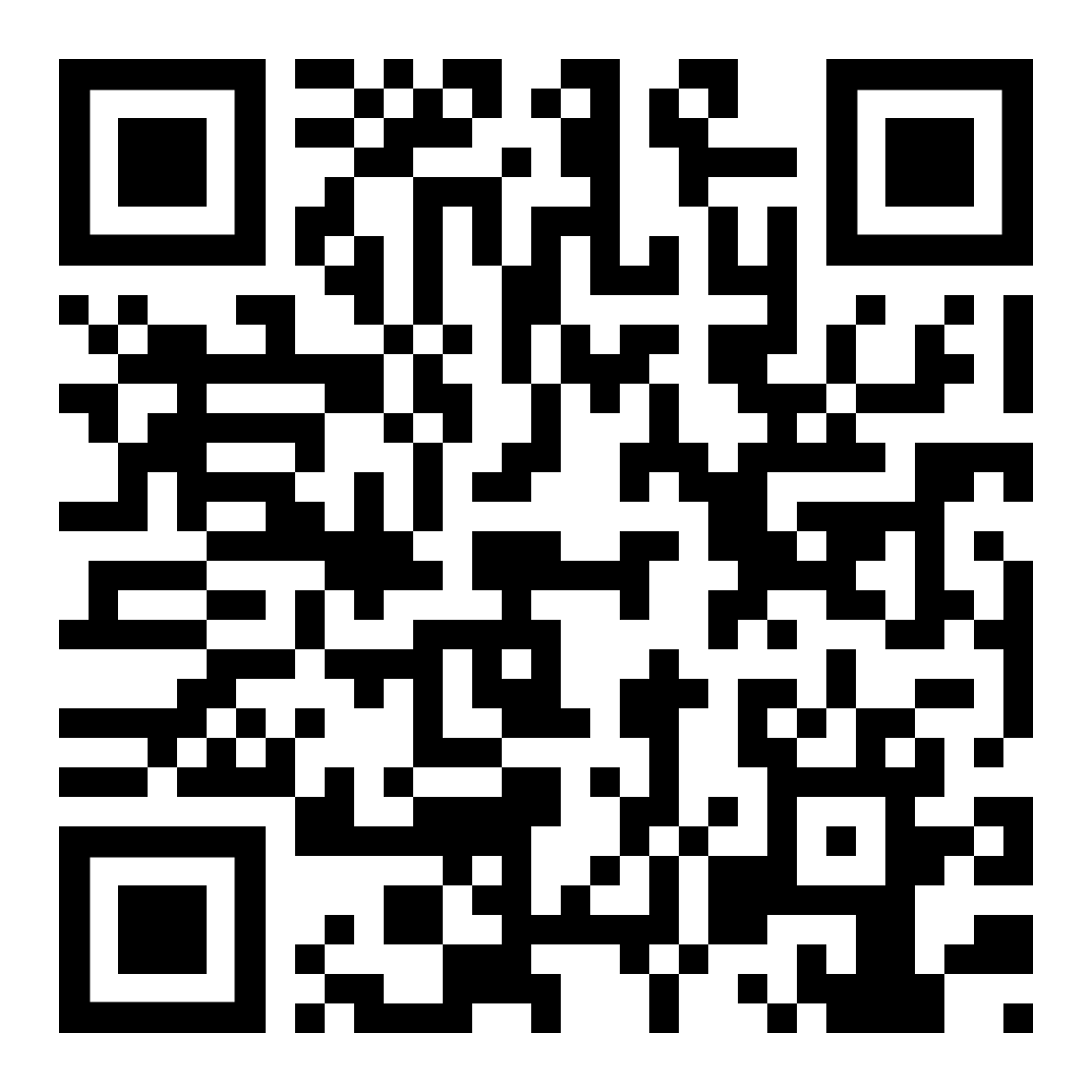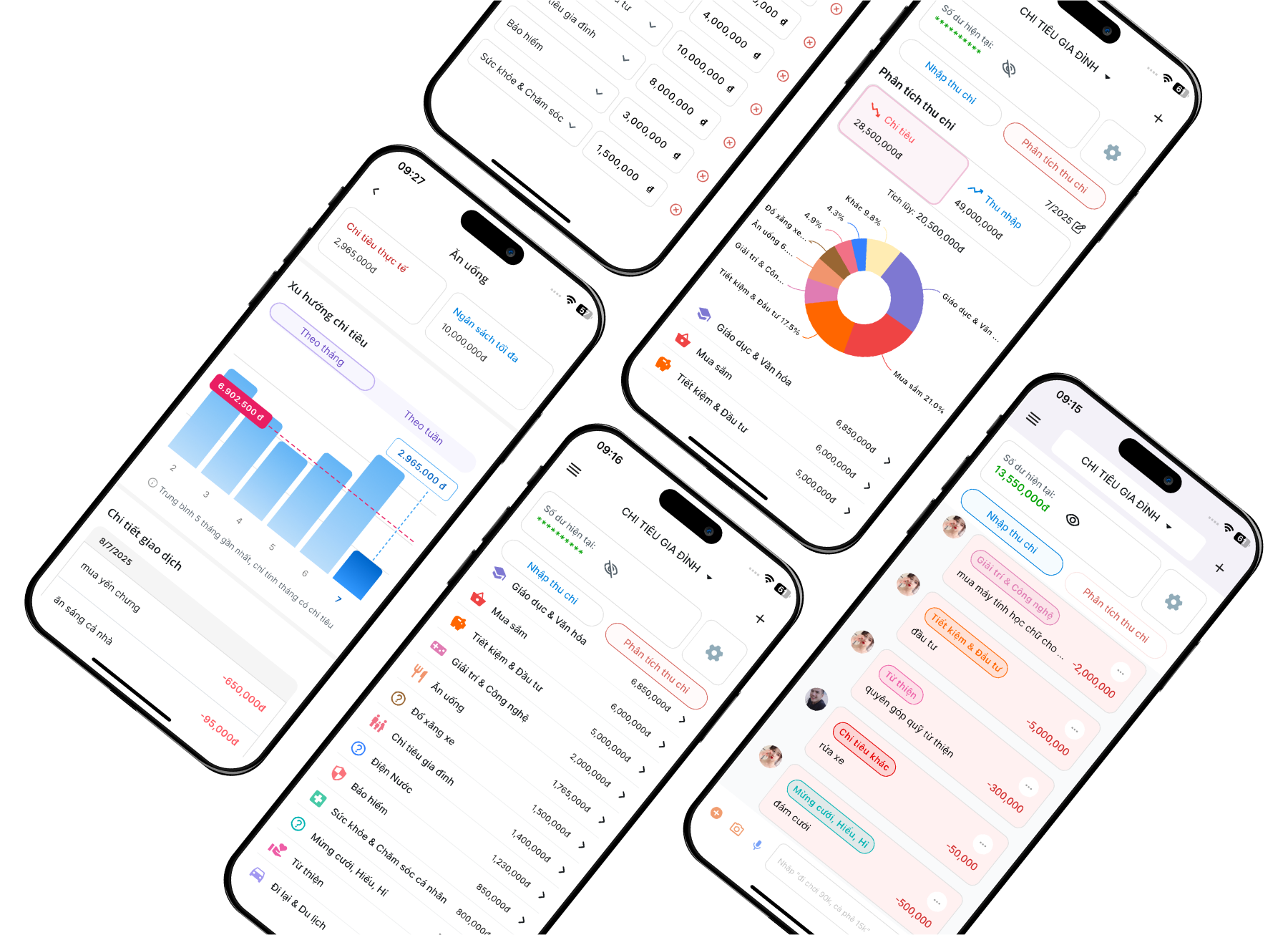Effective Spending Classification Methods for Office Workers
SCAN QR CODE

Are you an office worker, busy with 8 hours of work each day, receiving your salary at the end of the month but the money "flies" away quickly without knowing where it goes? Uncontrolled spending is a common problem, leading to financial stress and difficulty in achieving savings goals. Don't worry, an effective spending classification method will help you take control of your cash flow, thereby balancing your life. This article will guide you through the basic types of expenses, how to apply the envelope method and recording applications, especially using AI on X Money to automate, create periodic reports and adjust habits – all dedicated to your busy lifestyle.
Basic Types of Expenses and How to Classify Them
Classifying expenses is the foundation for financial management, helping you identify waste and prioritize correctly. Based on the principles of personal financial management, divide your expenses into four main categories:
-
Fixed expenses: Expenses that repeat monthly and do not change much, such as rent, electricity, water, internet, debt repayment (should not exceed 50% of income). Office workers often encounter: fixed morning coffee or lunch bills.
-
Variable expenses: Flexible expenses that can be adjusted, such as eating out, entertainment, shopping (about 30% of income). This is a big "hole" if not controlled, for example, impulse snacking after work.
-
Savings: The portion set aside for the future, at least 10-20% of income, such as an emergency fund or retirement. Prioritize setting it aside as soon as you receive your salary to avoid "forgetting."
-
Investment: The amount used to generate profits, such as stocks or funds, after having a stable savings fund. Office workers can start with small investments through bank apps.
By classifying, you will clearly see the financial picture and easily cut variable expenses to increase savings.
Applying the Envelope Method and Recording Applications
To classify expenses effectively, apply the envelope method combined with a recording application – suitable for busy office workers.
-
Envelope method: Divide cash (or virtual money through an app) into separate "envelopes" for each category: one for fixed, one for variable, one for savings. For example: The lunch envelope is only 1 million VND/month, stop when it's used up. This method helps control impulses and visualize clearly.
-
Recording applications: Use a simple app like Excel or a specialized one to record daily, automatically classify, and create charts. Office workers can quickly record after lunch breaks, helping to track without wasting time.
Combining these two methods, you will reduce variable spending by up to 20% after just one month.
Using the AI Function to Automatically Classify and Label Expenses on X Money
To make expense classification easier, try X Money – an AI-powered income and expense management application, free on the App Store and Google Play, designed for busy people like office workers. The automatic AI function is a highlight, helping you save time while maintaining accuracy.
-
AI automatically classifies: Just speak (Voice AI), text (Chat AI), or take a photo of the invoice, and AI will accurately label 98% into fixed, variable, savings, or investment categories – for example: "Lunch 50,000 VND" automatically goes into variable.
-
Smart labeling: AI learns your habits, suggests classifications, and warns if variable spending exceeds 30%.
-
Quick integration: Spend 1 minute each day to record, suitable for office breaks, supporting multiple wallets for individuals or families.
X Money transforms classification from manual to automatic, helping you control spending without missing work.
Creating Periodic Reports for Yourself
Periodic reports are a tool to evaluate and improve spending classification, helping you see clear progress. How to do it:
-
Create weekly/monthly reports: Use the app to aggregate data, create proportion charts (e.g., Fixed 45%, Variable 35%), and compare with the previous month.
-
Deep analysis: See trends such as variable spending increasing due to eating out, and set a goal to reduce it by 10%.
-
Tips for office workers: Create weekend reports, combined with X Money for automatic reports with optimization suggestions.
Reports help you maintain motivation and adjust in a timely manner.
Adjusting Spending Habits
After classifying and reporting, adjust your habits to optimize spending in the long term. Here's how for office workers:
-
Reduce variable spending: Bring lunch instead of eating out, set a limit for impulse shopping under 500,000 VND/month.
-
Increase savings/investment: Automatically deduct 20% of salary into a fund, start small investments like ETFs.
-
Continuous tracking: Use X Money to receive warnings and adjust immediately, such as reducing entertainment spending if it exceeds the budget.
-
Tip: Set small goals, reward yourself when you achieve them (like a favorite coffee) to maintain habits.
This adjustment not only saves money but also brings work-life balance.
Effective spending classification is the key to helping office workers like you take control of your finances, reduce stress, and achieve goals faster.


Experience
AI-powered automatic financial management
Download X-money today and let AI automatically manage your daily income and expenses
SCAN QR CODE

Related articles
BlogsHow is AI Influencing Young People?
AI – A Tool Changing the Lifestyle of Young People AI (Artificial Intelligence) is no longer unfamiliar to the generation...
Applying the "No-Spend Day" Habit to Increase Savings
Are you looking for ways to increase savings without "tightening your belt"...
Applying the 80/20 Principle in Expense Management
Did you know that just 20% of spending habits can cause 80% of waste...?